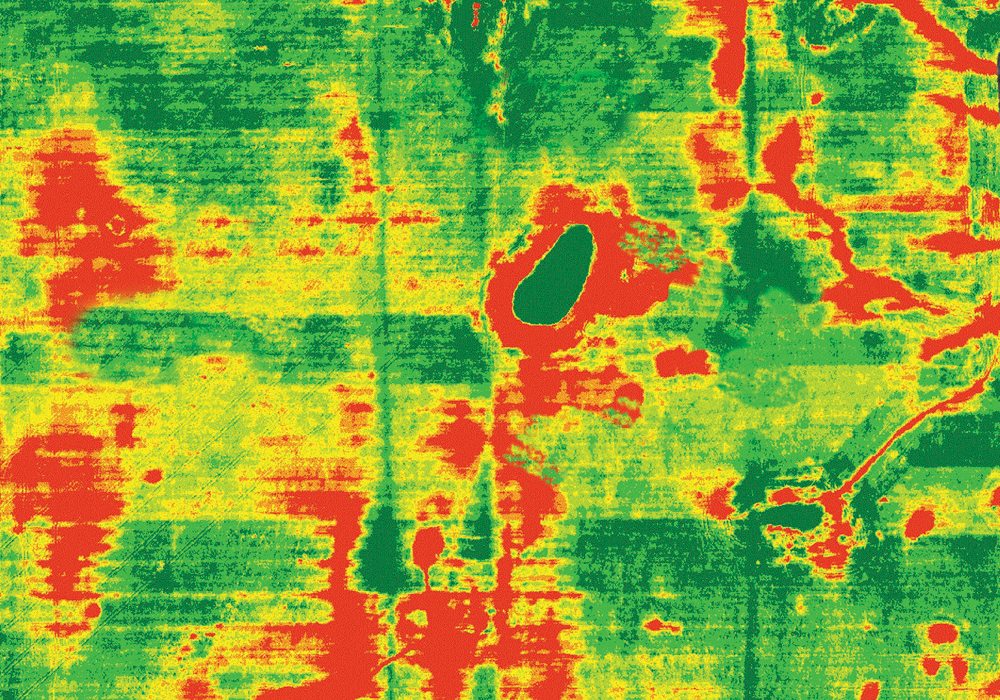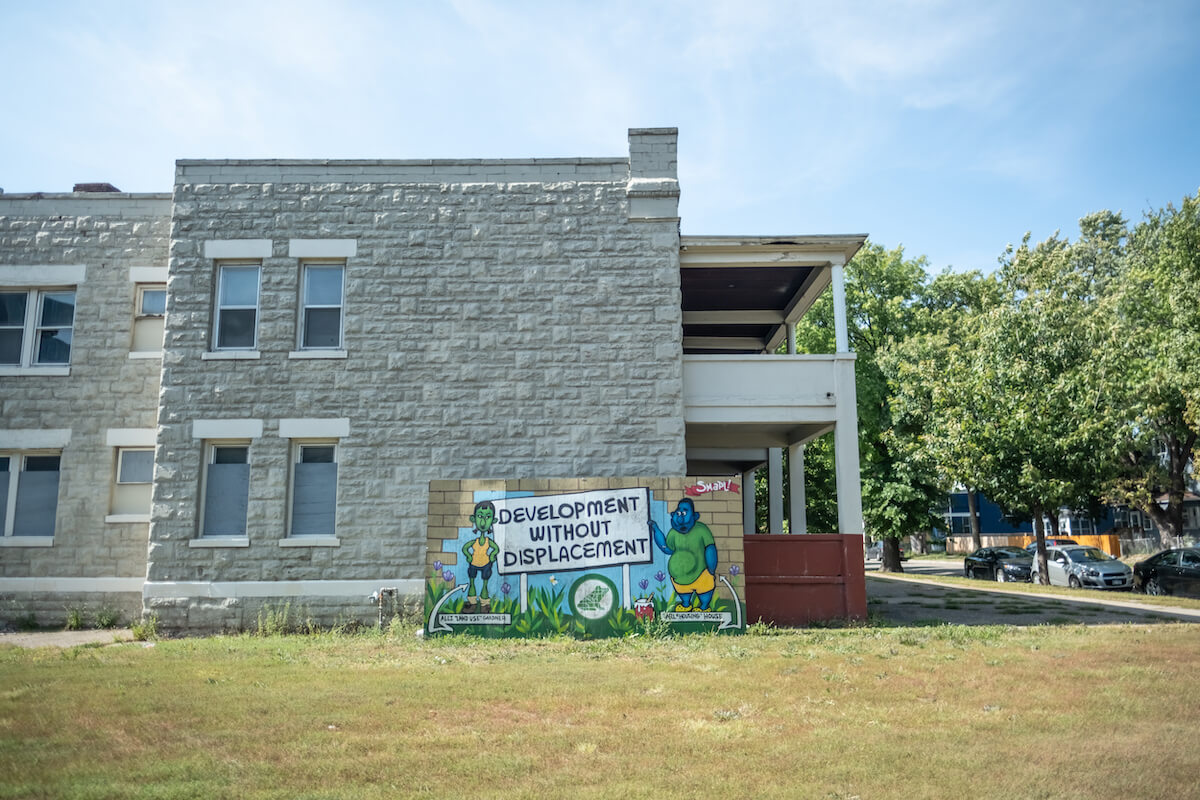The increasing flow of capital into climate solutions offers a chance to avoid the most catastrophic climate scenarios. Increased investor focus on modeling the long-term impact of climate technologies can better inform these long-term bets on the future.
Since I founded Prime Coalition in 2014, there’s been a groundswell of investment in climate innovation. Alongside these private sector activities, the latest $1 trillion infrastructure package passing the Senate with provisions for climate mitigation and Department of Energy demonstration projects gives me hopes that humanity might be able to mobilize to reduce greenhouse gas (GHG) emissions, to stay below 1.5 ºC of warming and avert early catastrophes. I have hope.
But the magnitude of the challenge — or opportunity, depending how you look at it — is incredibly daunting. We need to cut 70 Gigatons of GHG emissions annually by 2050, which is at least 35 times all wind power ever deployed. And as the infrastructure bill climbs an uphill battle of political will to get signed into law while also leaving out many elements to combat climate change, we slip away from reaching our global goals. At the current emissions rate, we’ll fail even if all the climate technologies that exist today have the opportunity to realize their potential. The latest IPCC report paints a more dire picture than ever of the painful long-term consequences of our failure to act fast.
Time stops for no one, and our public and private sectors still struggle to fully internalize how the actions of grown ups today will haunt our children for generations to come.
Future bets
We aren’t giving up. Instead, we’re holding on to our hope, centering on opportunities, and planning ahead. For our team at Prime, planning and hope means supporting climate technologies at the early-stage, Pre-Seed, Seed- and Series-A stages that hold promise to have a big impact on future emissions. And by planning, I don’t mean investing in outcomes three or five years from now: I mean building a charitable-purpose-centered investment practice that is structurally oriented around goals that will take 20 or 30 years of collective action to meet. By then, my young children will be adults and maybe even have families of their own.
As a field of practice, all profit-centered venture investing is about making informed bets on the future, but as an asset class, it tends away from companies with long-term promise or that may require expensive and large-scale testing before they are deemed viable. For example, mainstream venture investment prioritizes big, shorter term gains that can leave out high-potential innovations simply because they might take more than a decade to see a financial return on investment.
Over the past seven years, to help fill this structural gap, Prime Coalition focused on providing high potential climate ventures with catalytic capital. Catalytic capital is a kind of investment that absorbs atypical conditions — like longer timeframes, less liquidity, or disproportionate technical risk — in order to draw in traditional investors that wouldn’t have been able to come to the table without us.
But impact investing in climate ventures struggles with some additional structural challenges in thinking long term. The absence of comprehensive, standardized information about whether our work could achieve the difference we desire – in the near and far future – causes us to regularly question our strategies. If you’re choosing between a venture that is trying to revolutionize emissions in cargo shipping or one that could capture GHGs so they don’t affect our atmosphere, which could have the bigger impact? We have to evaluate not only if the venture could achieve scale, but also whether that scale will achieve our desired social outcomes.
One answer to this impact-related challenge is to collectively do more. Contribute more catalytic capital to support existing efforts with high potential to scale – like Gates’s personal $1.5 billion pledge to match climate-related infrastructure innovation. Fund more companies and projects, and embrace failure, which is a necessity of progress as we sacrifice for our children. But we must also build better tools to help us all make better long-term investment decisions.
Climate impact modeling
Structurally, long-term impact modeling has been a goal of Prime since day one. We developed our own methodology to assess a new technology’s emission reduction potential in 2014 and have continued to iterate as we go. We decided to share our work with the field by co-creating a tool called CRANE in 2020 that is available for free to anyone who’s interested. Co-developed by Prime, Rho AI, Clean Energy Trust, and Greenometry, and supported by the John D. and Catherine T. MacArthur Foundation, Massachusetts Clean Energy Center, and NYSERDA, CRANE was built to make future-forward climate impact assessment more accessible and transparent to investors and entrepreneurs.
As one of the only publicly available tools for emissions assessment, CRANE has more than 2,000 users today who evaluate potential GHG reduction on CRANE by selecting the technology they’re interested in and inputting parameters around market penetration over time. The output includes an estimate of how many million metric tons of carbon dioxide equivalent (MMtCO2e) could be avoided as a result of deploying the technology, annually and cumulatively through a year of the user’s choosing.
Every analysis includes a report with a narrative on the technology, detailed assumptions, references, and raw calculations that can be downloaded and edited. A London private equity and project development firm has downloaded all of CRANE’s data as the foundation of its in-house impact assessments. A Toronto accelerator now requires all companies in its cohorts to conduct CRANE self-assessments as part of its curriculum.
The recently released CRANE User Report tells us that the tool provides a critical function by aggregating data and offering a starting place to imagine a technology’s potential impact. Users are also sharing how to make it better, by requesting specific educational components and additional detail in a sector or geography. Users are also thinking collectively. How, they ask, can methodologies be harmonized or someday standardized to reach our global climate goals while also helping individual investors meet goals unique to their own firm’s approach?
These are all important questions as we embark on CRANE 2.0. And true to our structural focus on long-term impact, we’re not doing it alone. Together with our peers at OGCI, Energy Impact Partners, Autodesk, and Bridges Fund Management, we are joining and widening the circle of investors refining future-forward GHG impact modelling to ensure that collective problems are collectively answered. Learn more about this initiative by visiting this site, sharing your thoughts, and joining a discussion in early September.
We need to agree on shared principles and continue to build tools that transcend staff changes, policy changes, and fluctuating capital flows. We need to remain steady in our efforts to bring accessibility, transparency, and clarity to our methods of assessing future impact. I truly believe standardized, forward-looking impact assessment for private investors is a critical element for the survival of people and the planet. It is also one of the great hopes of impact investing: to usher into capital markets a long-term approach centered on making a difference for our children’s children, one that we as individuals may not be around to see.
Sarah Kearney is founder and executive director of Prime Coalition.











